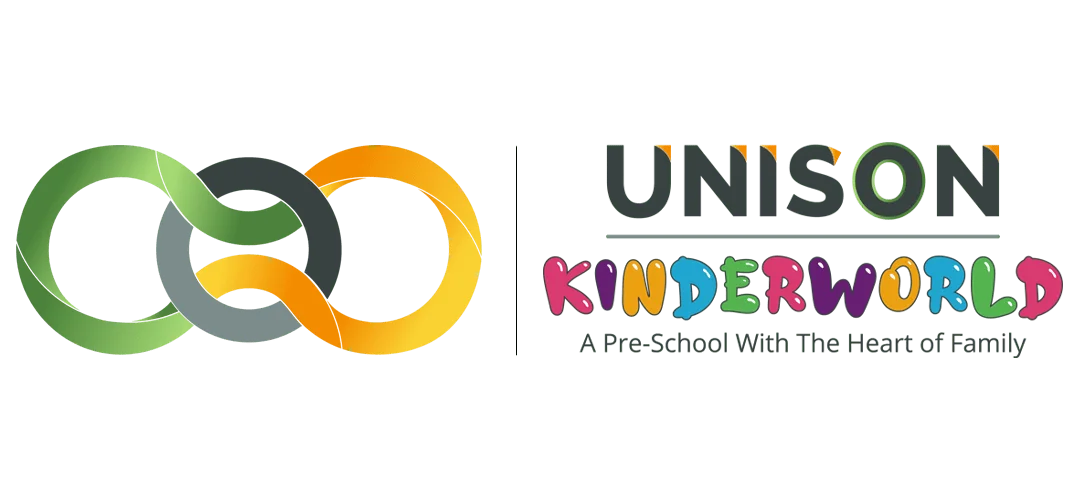Proximal Development is an essential teaching concept in the modern educational sector. It helps students navigate tasks that were too hard for them before.
The Zone of Proximal Development or ZPD is one of the most crucial aspects of teaching in today’s world. Often, students are faced with either too easy or way too challenging materials. As a result, they get bored or frustrated and fail to learn anything new. With ZPD, teachers can give the correct guidance to students so that they can navigate engaging and complex matters with ease.
Unison Kinderworld, one of the best preparatory schools in Pinjore highlights the Zone of Proximal Development and its types.
What is Zone of Proximal Development?
Russian Psychologist, Lev Vygotsky introduced the concept of Zone of Proximal Development in the early 90s. He had the opinion that there are two distinct stages in the development of skills. These are –
- The level that they can attain on their own
- The level that they can achieve with the assistance of a mentor or guide
In essence, the Zone of Proximal Development or Zone of Potential Development explains the concept of a knowledgeable person enhancing a student’s learning ability. It is done via offering guidance on the completion of tasks that are above the student’s capacity.
Different zones of ZPD
There are three overlapping zones of ZPD. These are –
- Tasks that are achievable without assistance from a mentor
- Tasks that can be done with aid from the mentor
- Tasks that cannot be completed without help from the instructor
Applications of ZPD in the classroom
There are different ways educators can implement ZPD in the classroom. It is a widely-known concept that assists in the skill development of the students.
Example 1:
A student finds it difficult to multiply two numbers together. Single digits are easy to multiply, but multiplying double digits complicate the matter. Here, the teacher can implement ZPD to help the student.
The instructor solves an example themselves but with different numbers. That way, the students can see how the problem is solved and try to do it themselves. In case they still have problems, the teacher can offer hints and offer assistance to the students.
What is instructional scaffolding?
Instructional scaffolding is basically the teaching method that helps the student to learn something new. In this case, the more knowledgeable instructor guides the student in a task that falls under their ZPD. Some of the most popular scaffolding techniques include giving examples, modeling, offering visual help, etc.
Here, one-on-one interaction with the students is important. With this concept, teachers can help the students understand a wide range of subjects such as maths, drawing, etc.
There are numerous benefits of scaffolding. Ultimately, it encourages the students to ask questions and enhance their knowledge. Moreover, it reduces frustration and motivates them to learn more from the teacher.
Being one of the top five schools in Pinjore, Unison Kinderworld firmly believes ZPD or Zone of Proximal Development is a crucial aspect of the learning process. Here, it is imperative to understand that feeding the answers to the student is not the correct way to share knowledge. As an educator, you need to adopt different techniques to guide them. When the student starts to progress, you need to reduce the help so that they can now complete the task on their own.


